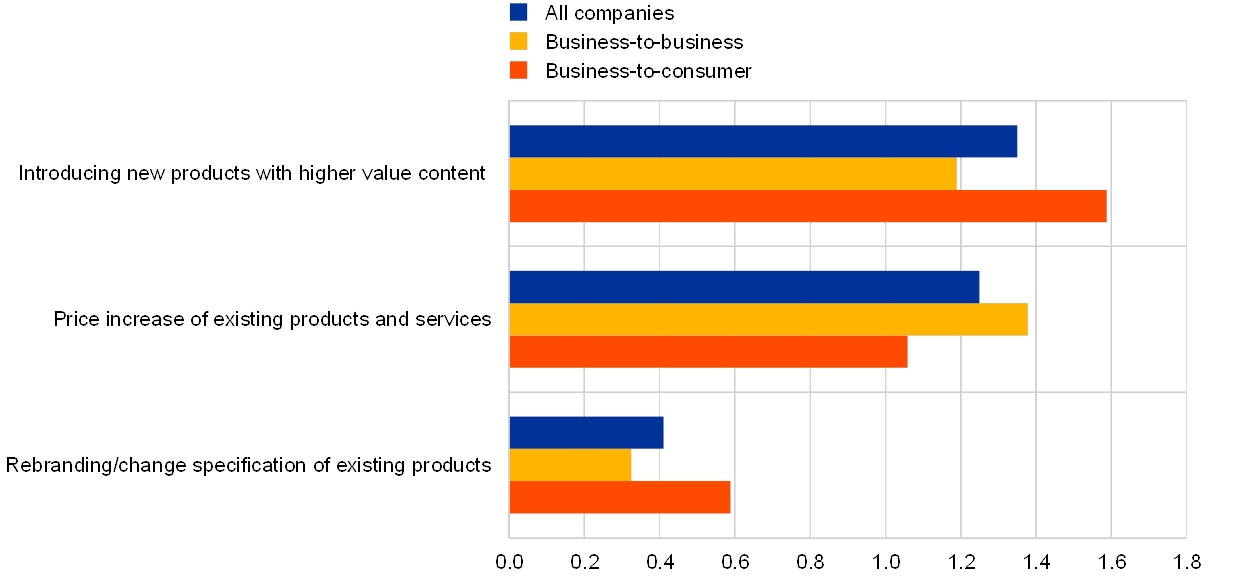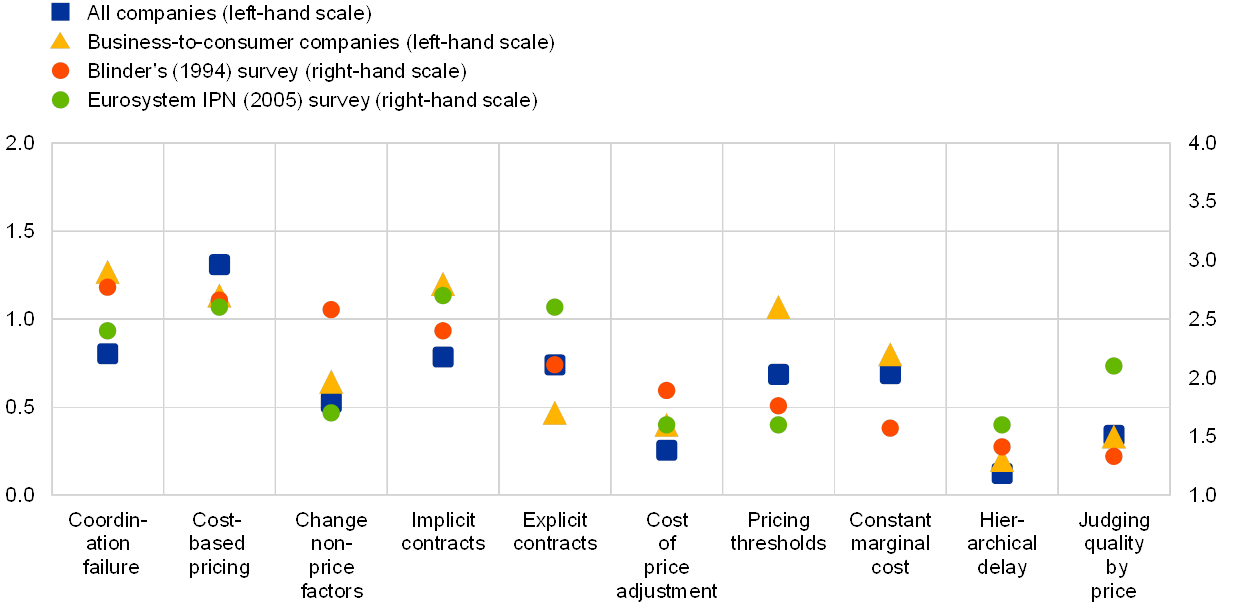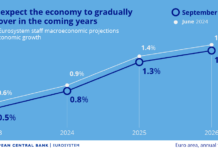Price stickiness is a distinguishing assumption of the mainstream New Keynesian model. When and how businesses adjust their prices is thus an important research subject for macroeconomists.
The ECB has recently conducted a survey asking 58 leading non-financial companies which operate in the eurozone about their price-setting behaviors and the results is a helpful dataset for macroeconomists.
How often do the companies review and change the prices?
Here is the general picture:
The survey also found that the frequency of price review and change tends to be highest in the retail sector; lowest in consumer and business services; and the manufacturing sector lies somewhere in between.
- Retailers said they review and change their prices on a monthly, weekly and daily basis, depending on the products.
- Manufacturers, meanwhile said they tend to review the prices monthly and change them on a quarterly, semi-annual or annual basis.
- In other service sectors, price is normally reviewed annual.
Increasing the price of existing products is a common way to achieve price change while introducing new products with higher value content is another important way.
The survey also found that the most common reasons for sticky prices, cited by the companies, are:
- cost-based pricing (increase price when they realize the cost is higher)
- contract restraints (including implicit contract with customers on the price steadiness); and,
- fear about being undercut by competitors who don’t change their prices — the so-called coordination failure.
Morris, Richard, and Rupert de Vincent-Humphreys. “Price-Setting Behaviour: Insights from a Survey of Large Firms.” European Central Bank, November 4, 2019.










